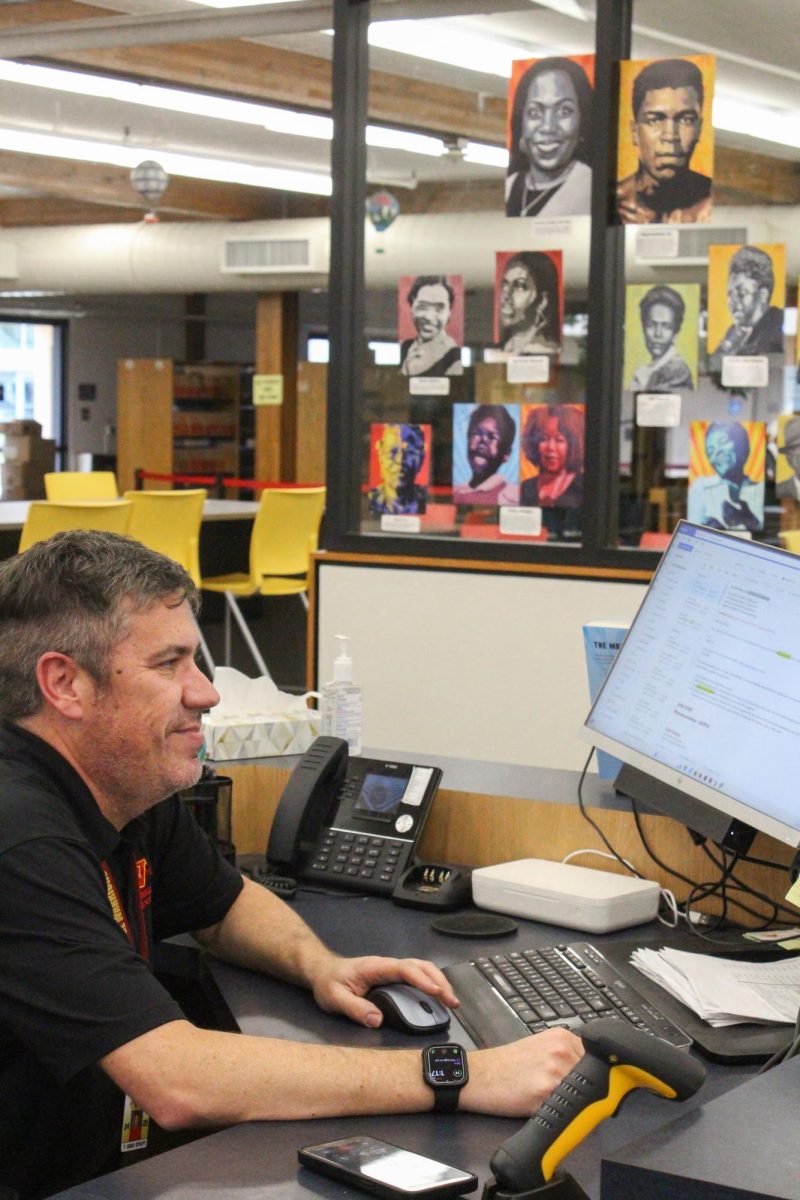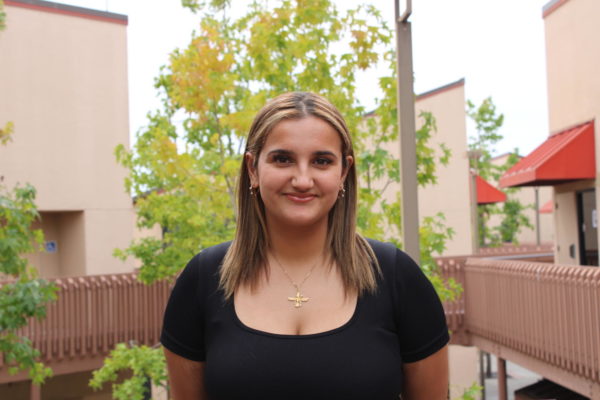Amid the implementation of the California Assembly Bill 101 (AB 101), all California public school students are required to complete at least one semester of ethnic studies to graduate, following a 2021 signature by Governor Gavin Newsom.
“Ethnic studies courses enable students to learn their own stories and those of their classmates. Several studies have shown that these courses boost student achievement over the long run—especially among students of color,” Newsom said in an Oct. 2021 bill addressed to the state of California.
According to Chapter three of the Ethnic Studies Model Curriculum issued by the California Department of Education (CDE) in 2023, one long-term goal of teaching ethnic studies is to serve as a bridge between educational spaces, institutions and the community.
Ethnic studies aims to encourage students to become engaged citizens at the local, state and national levels and apply their knowledge to advocating for social justice and equity issues.
At its core, the main emphasis of the ethnic studies model curriculum lies in bringing attention to the histories, cultures, struggles and contributions of people of color—African American, Chicana/o/x and Latina/o/x, Native American, Asian American and Pacific Islander communities.
Proponents say the new course of study is fueled by the mission to analyze the experiences of marginalized groups and examine issues of injustice, discrimination and systemic racism.
IUSD guidelines on AB 101 state that by the 2025-26 school year, all high schools will offer at least a one-semester course on ethnic studies.
However, there is a nuanced approach to this implementation.
The offering is poised to be a pilot course, meaning that a small-scale introduction of the course will take place to test its feasibility and to gather feedback before expanding it to a wider audience. In addition, the material taught within these courses will be at the discretion of the district, provided that at least one of eight ethnic education outcomes are met.
These learning outcomes range from the pursuit of justice and equity to developing interpersonal communication, emphasizing an overall holistic approach to the subject matter at hand.
On a classroom-wide level, ethnic studies plans to cover the experiences and events of ethnic groups on state and national levels, with the option to focus on significant local groups for increased learning opportunities and civic engagement.
IUSD Education Services Coordinator and head of the IUSD “Steering Committee” Raymond Robinson regards the implementation of ethnic studies as quite the impactful one.
“We endeavor to improve humanity and help each individual reach their potential and have their stories matter,” Robinson said. “Ethnic studies is an excellent vehicle to make that a reality.”
Senior IUSD Student Advisory and Ethnic Studies Committee Member Ruofei Lu agrees, citing a genuine interest in delving into the histories and contributions of various ethnic communities.
“[Ethnic studies] wants students to have a more holistic perspective on what they’re going through in their life and who they really are,” Lu said.
Social science teacher and IUSD Committee Member Alexandra Sheridan echoes a similar view.
“A lot of our work up until now has [revolved] around making sure all voices are heard and concerns are voiced,” Sheridan said.
Vi Le, social science teacher and IUSD Committee Member, discusses the importance of equity when it comes to instructing on the various ethnic groups.
“We are looking for the most equitable and efficient way of being able to integrate curriculum and standards into [these] domains,” Le said.
Robinson shares this notion.
“It is important for ethnic studies courses to document the experiences of people of color in order for students to construct counter-narratives and develop a more complex understanding of the human experience,” Robinson said.
Likewise, Lu shares how ethnic studies resonates with his peers, offering a student-centered viewpoint.
“I think these classes not only give a solution to societal issues, but [it also] gives [students] a perspective for them to think independently, ‘what are the solutions to [certain] societal issues?’” Lu said.
Some teachers also note plans to create a supportive and respectful learning environment when dealing with potentially sensitive topics.
“It’s important that we, [as teachers], emphasize empathy and fight against ignorance in the classroom,” Le said.
Social science teacher and IUSD Committee member Elena Gonzalez adds these communication and engagement skills are already integrated into existing courses.
“It’s not hard for us to [uphold] these [goals] because we already are trying to implement empathy and respect in our classrooms,” Gonzalez said.
Achieving those objectives involves ensuring that teachers on campus feel sufficiently at ease to instruct these relative topics.
“It’s [just] making sure that we are training teachers properly, so that they feel confident when it comes to something that might be difficult to [teach] in a classroom setting,” Sheridan said.
Additionally, Robinson believes that ethnic studies will contribute to a more inclusive and diverse curriculum taught in schools.
“Ethnic studies will require that students are exposed to the authentic experiences of other groups,” Robinson said. “Ideally, the ethnic studies courses will embrace an asset-based approach allowing students and teachers to learn from one another.”
Despite the imminent enthusiasm surrounding ethnic studies and its enactment, some have raised concerns about the need to mandate this curriculum.

According to the Hoover Institution, the CDE enacted a model draft of the ethnic studies curriculum that underwent three revisions before the CDE finally approved it, after numerous failures.
Lu believes that while ethnic studies can provide a unique outlet for students’ knowledge and introspection of their personal identities, the possibility of unequal representation still stands.
“I am personally concerned about how teachers will shape the idea of race [itself] into the courses, and [I ask myself] why we, as a society, still put labels onto people based on their race,” Lu said.
As a possible solution, Lu suggests basing the courses on universally held truths.
“The act of simply recognizing that ethnic and social classes are different from one another can have a lot of impact with students alone,” Lu said.
According to Lu, just as conversations surrounding the future of ethnic studies continue to be held, IUSD’s Steering Committee solicits input from members of the Advisory Committee regarding the progression of ongoing projects.
“We meet every month. The [Steering Committee] gives us progress on what they are working on, and they ask for [committee members’] suggestions,” Lu said.
As the head of the Steering Committee, Robinson pointed out an overarching goal of unity that lies in the implementation of ethnic studies.
“Our hope is to build empathy in our students and teachers and a greater understanding of the fabric of our communities,” Robinson said.
Recently, the Steering Committee has specifically proposed enacting a civic engagement project as part of the ethnic studies curriculum.
“Ultimately, [ethnic studies] wants to make students more critical thinkers,” Lu said. “In order to do that, students should be engaging in the community [itself] and attempting to find and recognize possible societal issues within our community.”
Sheridan mirrors a similar sentiment, expressing its role in sparking progress and advocacy.
“There is also question about including a civic action component, so [students] are not just being transferred all of this information in class, but [they can] also learn about ways that they can actually go forth and create change,” Sheridan said.
Conversations are still ongoing regarding the pacing, allocated semester and level of academic rigor of how ethnic studies are to be implemented.
“There are discussions around prioritizing our community’s backgrounds and those voices in the [ethnic studies] curriculum, but also exposure for students to other cultures, and so we see value in both of those aspects,” Sheridan said.
As the implementation of ethnic studies courses unfolds, it is clear that these courses are not just a requirement but a transformative step towards a more inclusive, culturally aware and enriched educational environment at Woodbridge High.












